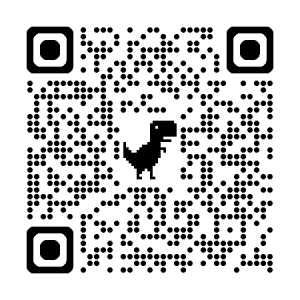Summary
Pettenuzzo et al. conducted a comprehensive systematic review and meta-analysis evaluating the effects of prone positioning during veno-venous extracorporeal membrane oxygenation (V-V ECMO) in patients with acute hypoxemic respiratory failure. Analyzing data from 22 studies (3,465 patients), the review concluded that prone positioning is associated with significantly improved 28-day and hospital mortality rates despite longer ECMO duration and fewer ventilator-free days, highlighting the complexity of interpreting these outcomes.
Key Points:
- Study Scope and Methodology: The meta-analysis included 22 studies (2 randomized controlled trials [RCTs] and 20 non-RCTs), evaluating 3,465 patients undergoing V-V ECMO, focusing on the impact of prone positioning on various clinical outcomes, primarily 28-day mortality.
- Primary Outcome – 28-day Mortality: Prone positioning significantly reduced 28-day mortality (OR 0.64, 95% CI 0.42–0.98, p=0.040), with a low certainty of evidence due to heterogeneity and potential biases.
- Hospital Mortality Improvement: Patients who underwent prone positioning also experienced significantly lower hospital mortality (OR 0.67, 95% CI 0.54–0.83, p<0.001).
- Increased ECMO Duration and Reduced Ventilator-free Days: Despite mortality benefits, prone positioning was associated with fewer 28-day ventilator-free days and prolonged ECMO duration, suggesting the beneficial effects of prone positioning might require extended periods to manifest fully.
- Subgroup Analysis Findings: Greater mortality benefit from prone positioning was associated with younger age, higher SOFA scores, non-Covid-19 related acute hypoxemic respiratory failure, and lower rates of prone positioning before ECMO cannulation.
- Lack of Benefit in Prior Proning: Patients previously proned before ECMO cannulation did not demonstrate additional benefits from subsequent prone positioning during ECMO, indicating a potential ceiling effect or prior maximal benefit.
- Quality of Evidence Concerns: The overall quality of evidence was rated as low or very low due to risk of bias, inconsistency, and publication biases, emphasizing the need for cautious interpretation and further high-quality research.
- Adverse Events: No significant differences in ECMO-related adverse events were observed between the prone positioning and control groups.
- Clinical Implications: The findings support cautious use of prone positioning during V-V ECMO, particularly in specific patient subgroups identified as most likely to benefit.
- Future Research Directions: Further randomized trials are required to establish causation clearly, refine patient selection criteria, and optimize timing and duration of prone positioning during ECMO.
Conclusion
This systematic review and meta-analysis suggest that prone positioning during V-V ECMO for acute hypoxemic respiratory failure can improve short-term survival outcomes, particularly 28-day and hospital mortality, despite prolonged ECMO support and reduced ventilator-free days. Continued investigation through randomized studies is critical to define clearer clinical guidelines.

Open Access This article is licensed under a Creative Commons Attribution-NonCommercial 4.0 International License, which permits any non-commercial use, sharing, adaptation, distribution and reproduction in any medium or format, as long as you give appropriate credit to the original author(s) and the source, provide a link to the Creative Commons licence, and indicate if changes were made. The images or other third party material in this article are included in the article’s Creative Commons licence, unless indicated otherwise in a credit line to the material. If material is not included in the article’s Creative Commons licence and your intended use is not permitted by statutory regulation or exceeds the permitted use, you will need to obtain permission directly from the copyright holder. To view a copy of this licence, visit http://creativecommons.org/licenses/by-nc/4.0/.

